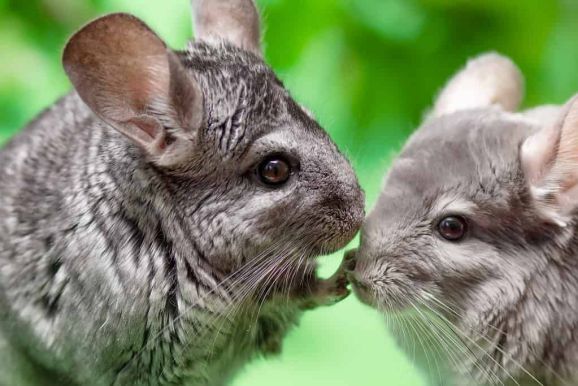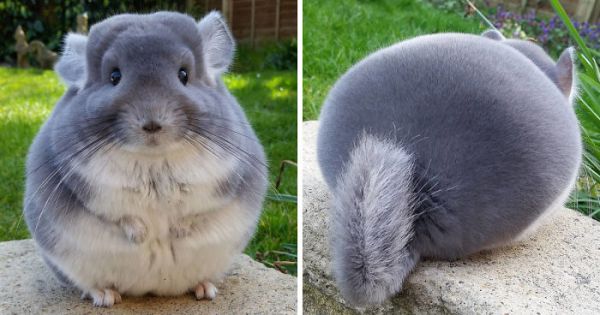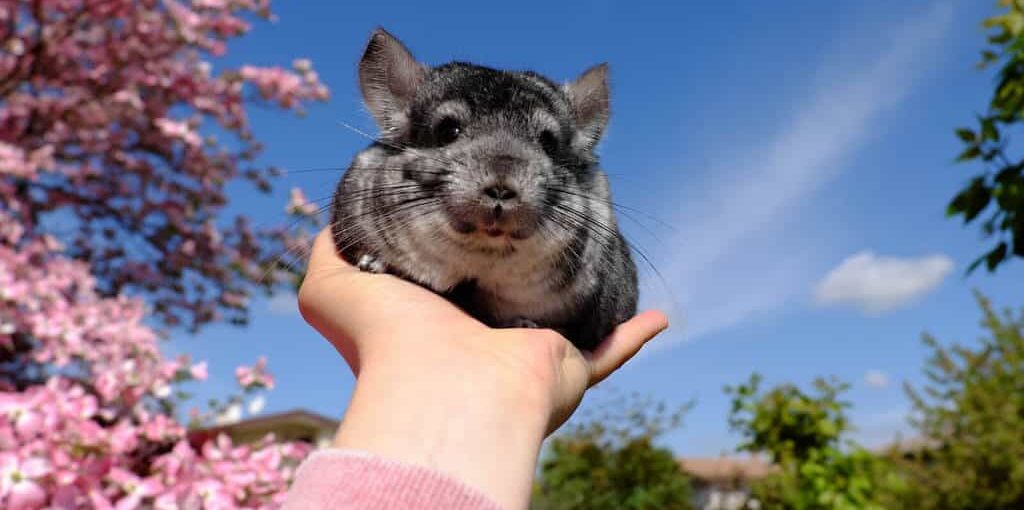Curious about where did chinchillas come from and their fascinating history? Find out the answer in the article below with Alibay Store.
The Native Lands of Chinchillas
Chinchillas are native to the Andes Mountains of South America, primarily in regions of present-day Chile, Argentina, Bolivia, and Peru. These rodents have evolved to live in extreme environments, specifically in high-altitude areas where the climate is cold and arid. The elevations where they thrive range between 9,000 and 15,000 feet, where the rocky slopes and sparse vegetation offer them plenty of shelter and food sources.
The Andes are characterized by their rugged terrain, which is dotted with rocks and minimal plant life. The chinchillas use these rocky outcroppings for protection from predators, as well as for shelter from the elements. The sparse vegetation consists mainly of grasses, shrubs, and cacti, which serve as a food source for these small herbivores.
The Two Species of Chinchillas
There are two main species of chinchillas: Chinchilla lanigera and Chinchilla brevicaudata. Both species originated in the Andes but vary slightly in appearance. Chinchilla lanigera, the more common species today, has a longer tail and a leaner body, while Chinchilla brevicaudata has a shorter tail and a stockier build. Due to extensive hunting and habitat destruction, Chinchilla brevicaudata is now critically endangered, and most pet are descendants of the Chinchilla lanigera species.
The Role of Chinchillas in Indigenous Culture
For centuries, chinchillas played a significant role in the lives of the indigenous peoples of the Andes, including the Inca and Aymara tribes. These ancient peoples recognized the value of them for their soft, thick fur and their ability to survive in harsh conditions.
- Fur Trade: Chinchilla fur was highly prized for its softness and warmth. The indigenous people hunted them for their pelts, using the fur to make clothing and blankets. Due to the density of their fur, which can have 80-100 hairs per follicle, compared to just one hair per follicle for humans, chinchilla coats were incredibly luxurious and coveted.
- Spiritual Significance: Chinchillas were also seen as symbols of endurance and resilience, reflecting their ability to thrive in the challenging, arid environment of the Andes.

European Exploration and the Fur Trade
When the Spanish arrived in South America in the 16th century, they quickly became enamored with chinchilla fur. The Spanish began to trade chinchilla pelts in European markets, where they became a luxury item for the wealthy. Unfortunately, this led to rampant overhunting, pushing chinchillas to the brink of extinction by the early 20th century.
At the height of the chinchilla fur trade, thousands of chinchillas were killed every year. It’s estimated that it took the pelts of over 100 chinchillas to make just one fur coat, resulting in a devastating decline in their population.
Conservation and Domestication Efforts
By the early 1900s, conservationists and governments began to take notice of the alarming decline in wild chinchilla populations. Chilean authorities, along with other South American nations, implemented strict hunting bans to protect the remaining chinchillas. However, by this point, their numbers had already dwindled to critical levels.
One of the key figures in preserving the species was Mathias F. Chapman, an American mining engineer who brought a small group of 11 chinchillas to the United States in the 1920s. Through careful breeding, Chapman’s chinchillas became the foundation for the domesticated chinchillas we know today. His efforts not only saved the species from extinction but also introduced chinchillas to the world as pets.
Chinchillas as Pets
Chinchillas are now beloved pets worldwide, known for their soft fur, playful demeanor, and long lifespan. Unlike many other small rodents, they can live for 10 to 20 years in captivity when provided with proper care. However, they require special attention to thrive in a home environment.
- Fur Care: Chinchillas have dense fur that needs regular maintenance. Unlike dogs and cats, they don’t bathe in water because their fur takes too long to dry. Instead, they require dust baths, which help remove excess oil and dirt from their coats.
- Diet: In their native habitat, they mainly feed on grasses, leaves, and cacti. In captivity, their diet should consist primarily of hay and specially formulated chinchilla pellets. Fresh water is also essential for their well-being.
Wild Chinchillas Today
Despite conservation efforts, wild chinchillas remain endangered. The International Union for Conservation of Nature (IUCN) lists both species of chinchillas as endangered due to ongoing threats from habitat destruction, particularly from mining and agriculture. Protected reserves and breeding programs have been established to help stabilize their populations, but they in the wild are still at risk.
In conclusion, chinchillas have an incredible history, from their origins in the Andes Mountains to their domestication as beloved pets. Understanding their background and unique characteristics can enhance the appreciation and care for these wonderful creatures. If you’re a fan of chinchillas, why not bring a little of their charm into your home with a Chinchilla Pillow from Alibay Store? It’s a perfect way to celebrate your love for these adorable animals while adding comfort and style to your space!






